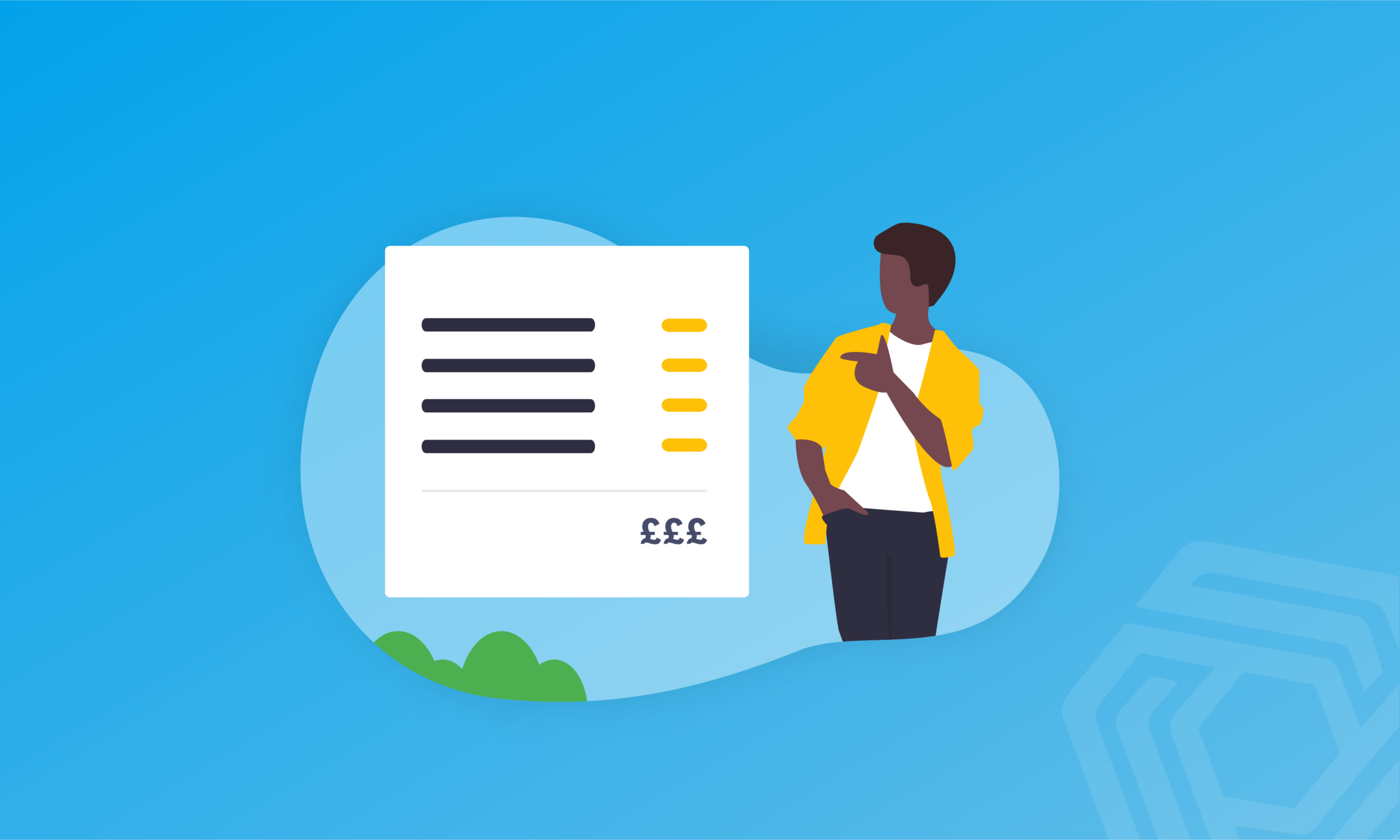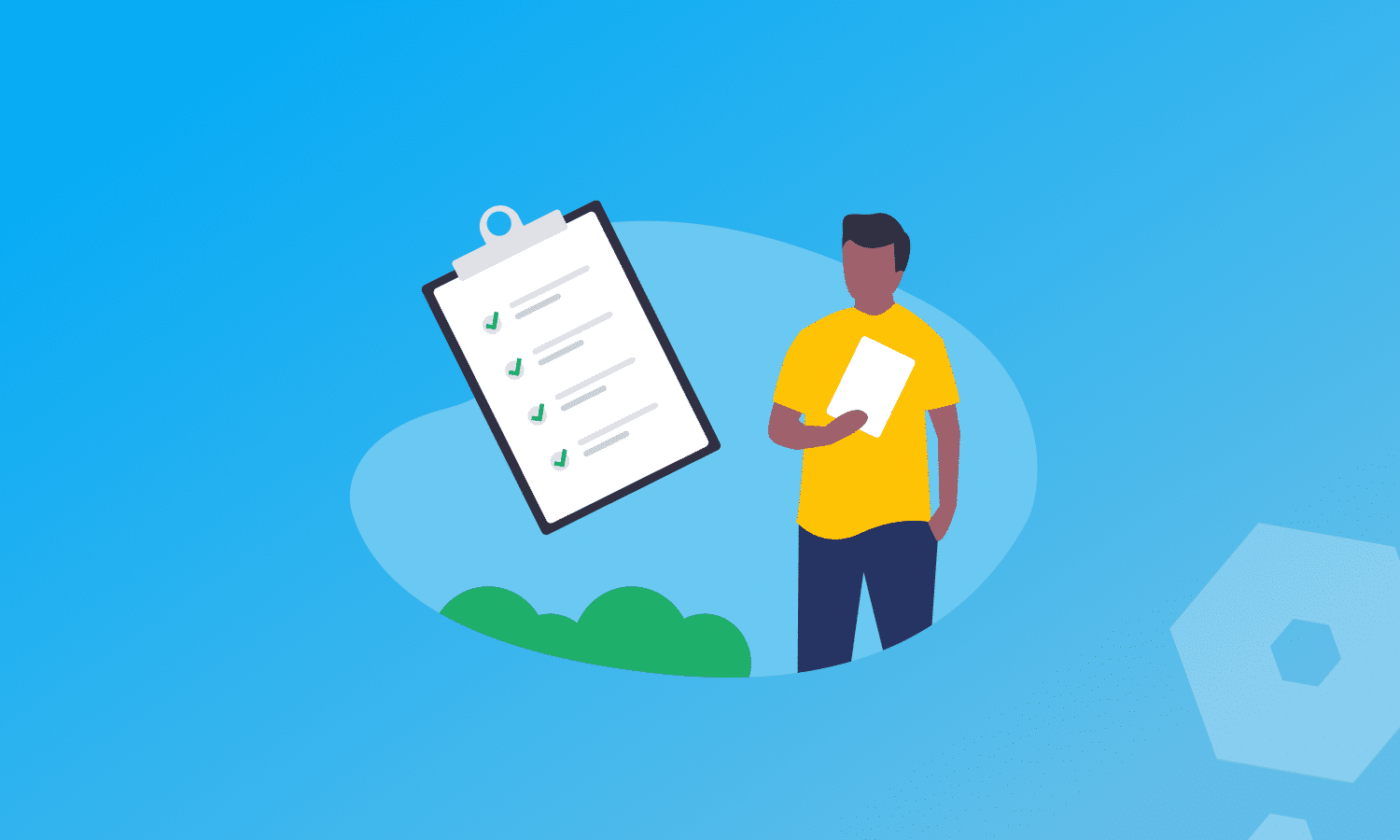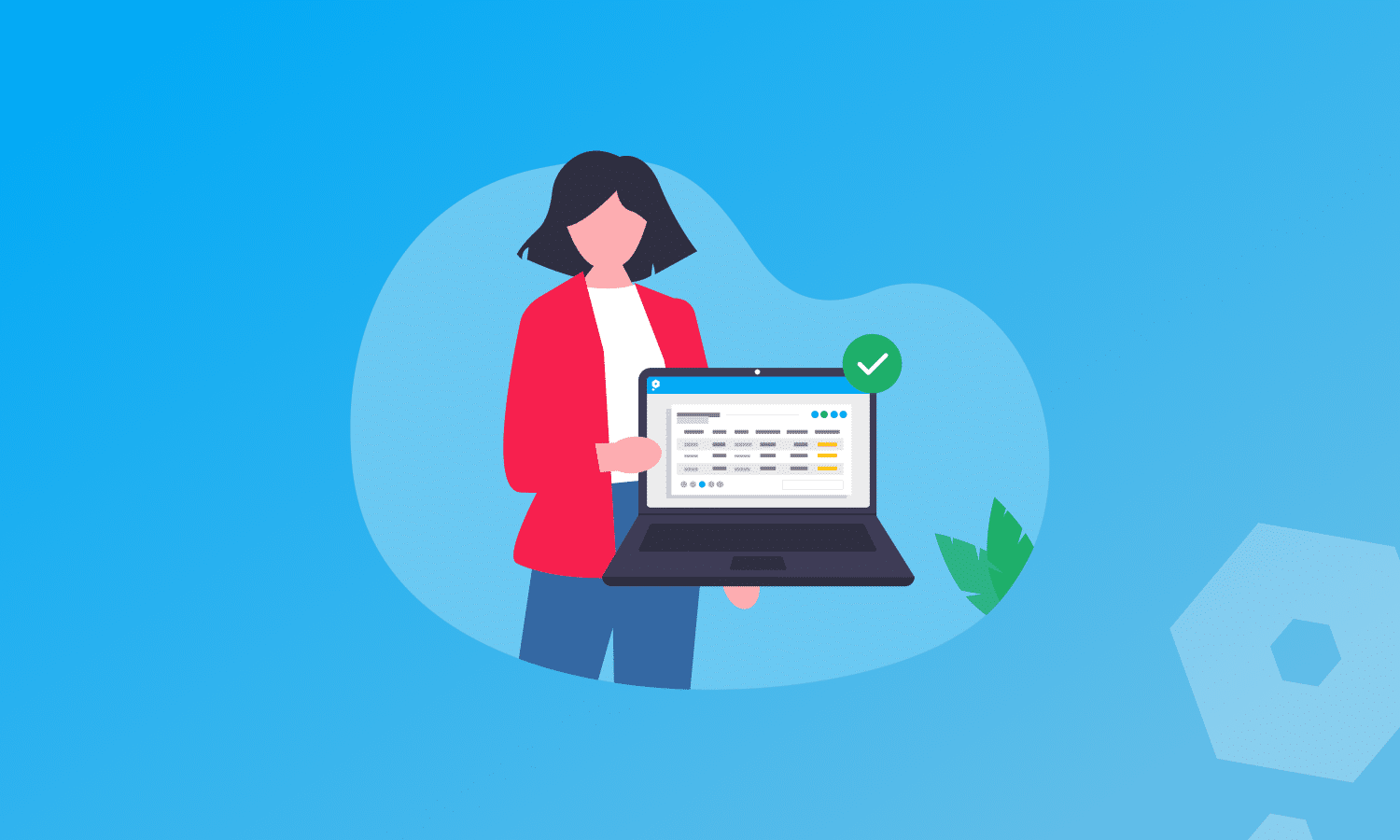No matter how much you love what you do, getting paid for your products or professional services is one of the most satisfying parts of the job. Unfortunately taking care of your invoicing can be a bit like doing the weekly food shopping – a bit of a nuisance, but worth it.
That’s why it pays to make the invoicing process as stress-free and painless as possible, so you can simply enjoy the fruits of your labour. Whether you’re preparing to send your very first invoice or looking to improve your invoice management, we’ve got you covered with some expert advice.









